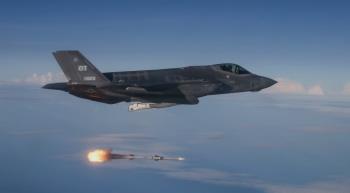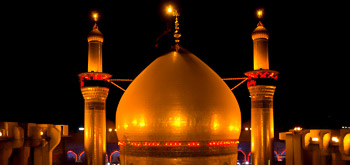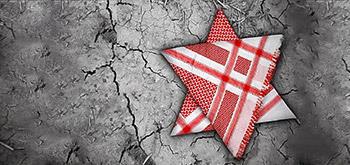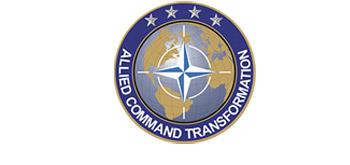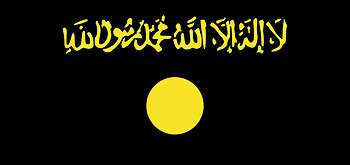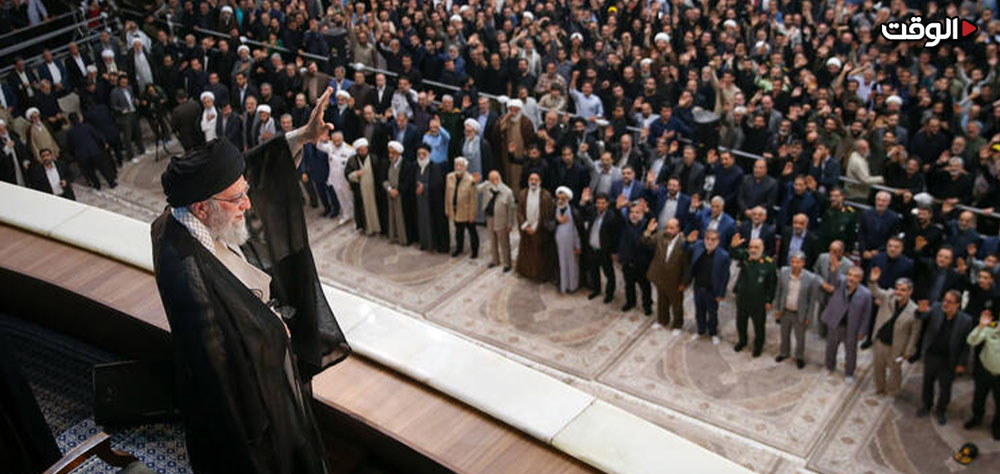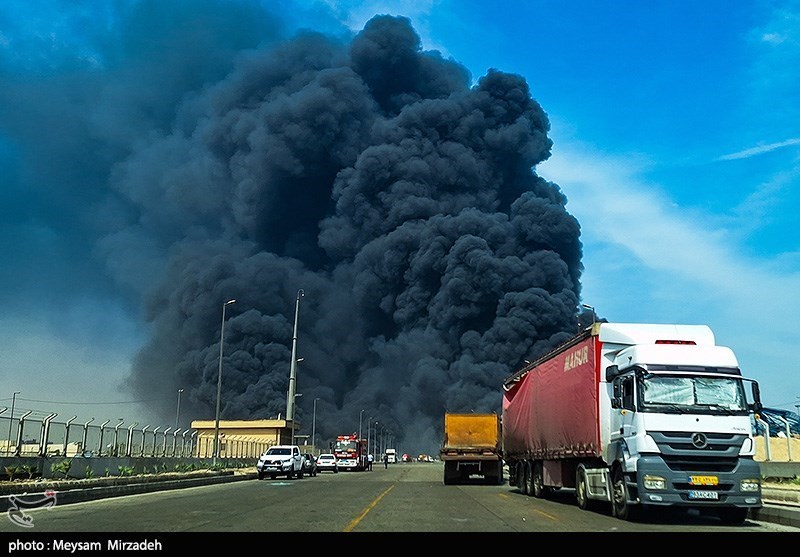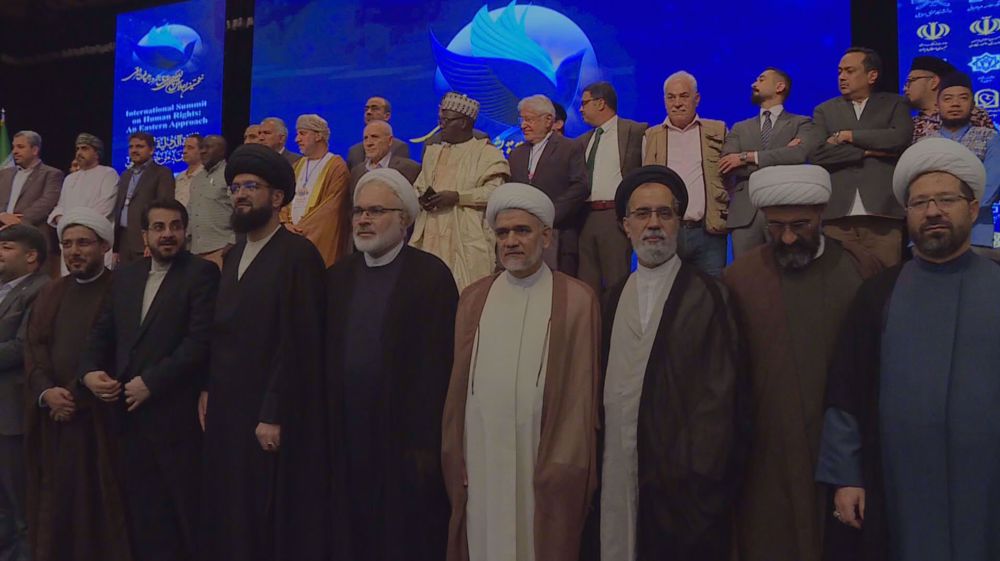Alwaght- While the US President Donald Trump claims that Iranian nuclear sites have been "obliterated" in the American air attacks a week ago, many in the US question veracity of his claims about a big damage to Iranian nuclear program.
According to the secret assessment of the US intelligence, the airstrikes at three key Iranian nuclear sites have failed to obliterate them and Tehran's nuclear program was just delayed several months. A top-secret document made by the Defense Intelligence Agency (DIA) as the intelligence arm of the Pentagon contradicts Trump's claims about results of the June 22 air operation targeting Natanz, Fordow, and Isfahan nuclear enrichment facilities. Trump insists that the three nuclear facilities were completely destroyed with a combination of bunker-busting and conventional bombs, but official reports do not support this claim.
At the same time, Trump and senior US administration officials have denied the intelligence reports, calling the DIA assessment report "fake news." Trump also said last week at a NATO summit in The Hague that he believes Iran’s nuclear program has been set back decades.
What does DIA report say?
In the preliminary report prepared by the DIA, it is said that the American bombardment only set back the Iranian nuclear program several months.
Before the Israeli aggression on Iran on June 13, American intelligence agencies noted that if Iran wanted to make a nuclear bomb, it will take it only three months. Now the DIA report suggests that Iran is less than six months away from nuclear bomb if it wishes to make. According to the findings, the US attack only blocked entries of the sites without destroying the underground facilities.
The DIA report also revealed that Iran’s stockpile of enriched uranium had been removed from the sites before the attacks.
However, the US president said on Wednesday that he did not believe claims by some Iranian officials that they had removed enriched uranium from the Fordow nuclear facility.
“I believe they did not have a chance to remove anything because the US acted quickly,” Trump said. “If it had been a two-week strike, it might have been possible to move it, but it is very difficult and dangerous to move this type of material in a short period of time.”
CNN first published the DIA report, citing unnamed officials who said that the impact of the US strikes on all three sites was largely limited to the above-ground structures, which were severely damaged, but the underground facilities were not significantly damaged.
On the other hand, two people familiar with the matter told CNN that Iran's enriched uranium has not been destroyed and that the centrifuges are largely "intact."
Analysts told Reuters that if the assessment is based on satellite imagery, the extent of damage to the Fordow uranium enrichment facility would not be apparent because the facility is underground and out of reach of satellite imagery.
How did the US attack nuclear sites?
Fordow is an underground uranium enrichment facility and according to reports is hundreds of meters deep into the mountains of northwestern Iran. Natanz is the biggest and most central uranium enrichment site of Iran that includes a vast hall of centrifuges with some underground. Isfahan is also home to a large center for nuclear research and production site and hosts uranium conversion facilities and nuclear fuel production plants.
According to Trump's claims, US forces dropped 14 30,000-pound (13,000-kilogram) bunker-busting bombs, while Navy submarines coordinated cruise missile strikes on the Natanz and Isfahan sites.
The US Department of Defense has also said that the attack used the GBU-57 Massive Ordnance Penetrator (MOP) bomb - the most powerful bunker-busting bomb in the US military arsenal, weighing approximately 13,000 kilograms (30,000 pounds).
Other sources refute the Trump's claims
On the other hand, after DIA report was published by CNN and the New York Times, the AP, citing American intelligence report, said that Iranian nuclear sites have not taken major damage and the attack only delayed the program several months.
Wall Street Journal, citing initial intelligence reports, noted that the American operation only pushed the Iranian nuclear program several months.
Israel's Channel 13 reported that Israel sources told ABC News that probes show that the results of the US attack on Iran's Fordow nuclear facility "are not good."
Is Trump lying?
Given the fact that several American and even Israeli intelligence sources are rejecting Trump's claims, the question is that why the US president is insisting on his claims about obliterating Iran's nuclear program?
Even Rafael Grossi, the Director General of the International Atomic Energy Agency, has announced in his new position that Iran can resume uranium enrichment in a few months. This position is in direct opposition to Trump’s claims about the complete destruction of Iran’s nuclear program, so why is Trump insisting on his claims about destroying Iran’s nuclear power?
Trump has repeatedly shown that he seeks to exaggerate about his gains. He now touts bombing of the Fordow nuclear facility in Iran a great achievement for himself and it is natural that he will reject any report that proves otherwise. His entire presidency has been planned in such a way to reflect the glory of his powerful personality and shows a narrative of Trump’s brave, unique and powerful leadership. Therefore, information that contradicts this myth is not welcomed by him.
It should also be kept in mind that Trump may be seeking to avoid another costly conflict with Iran and is not interested in entering into a fruitless war of attrition with Iran. Therefore, by claiming to have achieved the goals of bombing Iran’s nuclear facilities and destroying Iran’s nuclear capability, the US president is trying to remove the excuse of starting another war. In fact, any evidence that Iran has retained the ability to resume its nuclear program after the airstrikes will raise questions: Will the US resort to another military action to end Iranian nuclear program? Will there be a several-year-long psudo-war with Iran in which Trump is not interested? Such an outlook will seriously put his supporters in the isolationist movements on a shaky ground and he will actually risk losing them since his voters called on him to avoid more wars in West Asia and costly military actions in other countries, and war on Iran runs counter to the demands of his traditional voter base.
Steven Collinson, a CNN senior reporter, believes that the fundamental question is whether the bunker-busting bombs first used in Iran actually penetrated the Fordow nuclear facility, buried under hundreds of feet of rock and cement, and destroyed the centrifuges that spin uranium. And the more important question is whether Trump is actually doing his job as president or is just looking for political commotion.


